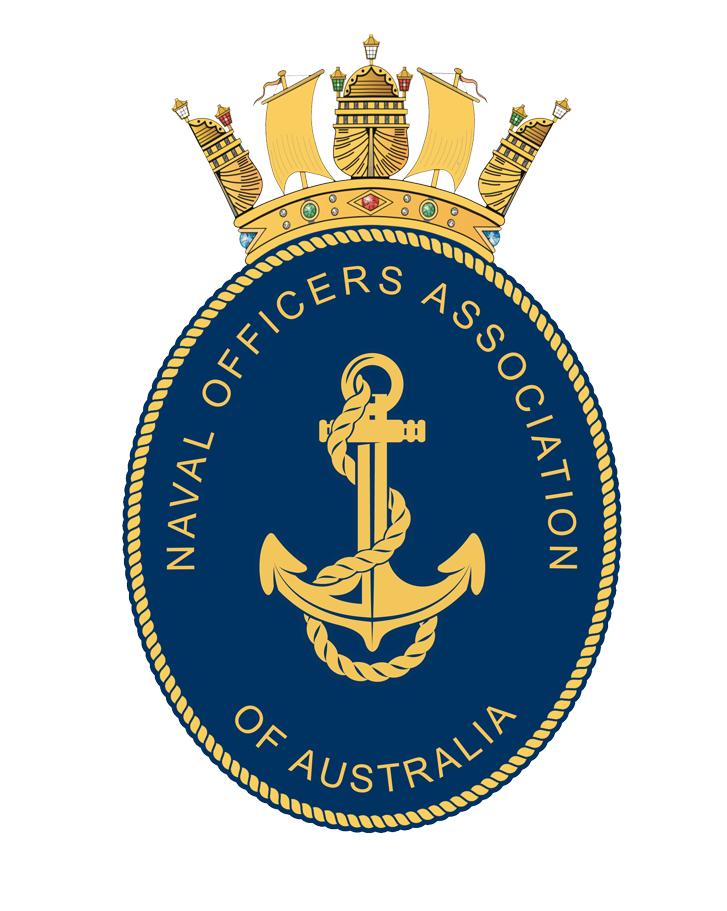France and China Fuelling India and Pakistan Submarine Race
South Asian rivals are cranking up competing submarine development programs with duelling strategic partners. In an apparent underwater warfare tit-for-tat, India and Pakistan are bolstering their conventional submarine fleets with French and Chinese assistance respectively.

INS Vagir during acceptance trials
This month, India began sea trials of its fifth Kalvari-class sub, the soon-to-be INS Vagir. The boat was launched in November 2020 from the Kanhoji Angre Wet Basin of Mazagon Dock Shipbuilders Limited (MDL). Reports said it will undergo a series of intensive sea tests of its propulsion, weapons, and sensors systems before being delivered to the Indian Navy this year. The Kalvari-class is India’s designation for the French Scorpene-class conventional sub, which have been built via a technology transfer program between France and India that started in 2005. The program aims to modernize India’s sub fleet with six Kalvari-class boats in 2024 while working under Indian Prime Minister Narendra Modi’s “Made in India” policy, which stresses indigenization with the goal of enhancing India’s strategic autonomy.
The boats feature French and Indian subsystems. French components on the boats include the DCNS SUBTICS combat management system (CMS), Thales S-CUBE sonar suite, and Sagem surveillance and radar suite, F21 heavyweight torpedoes and Exocet sub-launched anti-ship missiles. Notable Indian technologies aboard the Kalvari-class include special material forgings from Flash Forge India, critical diving components and weapons handling machinery from SEC Industries, and command consoles from HBL Power Systems. The class is also slated to be fitted with DRDO-developed phosphoric acid fuel cell air-independent propulsion (AIP) during their first refit scheduled in 2023.
At the same time, Pakistan last year started construction of its fifth Hangor-class sub, a derivative of China’s Type 39A Yuan-class. Under an agreement Pakistan signed with China, four out of eight submarines will be made in Pakistan by Karachi Shipyard and Engineering Works (KSEW), while the rest will be built by China Shipbuilding Industry Corporation (CSIC).

Hangor class during sea trials
The Type 39A-class develop on the preceding Song-class boats, which in turn feature technologies derived from China’s Russian-built Kilo-class subs. The boats are also the first Chinese subs to feature AIP technology, featuring closed-cycle Stirling engines. Key measurements of the class include an overall length of 77 meters, 8.4-meter beam and a submerged displacement of 3,600 tons.
The fifth Hangor boat, the future PNS Tasnim, will be the first sub to be indigenously built in Pakistan. This may reflect an indigenization program between Pakistan and China, similar to the one between France and India. The new boats are scheduled to enter Pakistani service from 2022 to 2028, replacing Pakistan’s outdated French-built Agosta 90B subs. While information about the Type 39A is scarce despite the design being more than a decade old, it is thought to be as quiet as other contemporary sub designs and feature similar stealth technologies and sensors.
The class is said to be capable of deploying Chinese copies of Russian torpedoes and missiles as well as indigenously developed Chinese weapons. Scant details are available about other subsystems on the new Hangor-class, as the Pakistani Navy has not offered any details about the subsystems or specific weapons of the class. However, it can be expected to be capable of deploying Chinese weapons and indigenous Pakistani weapons such as the Babur cruise missile. India and Pakistan’s competing sub programs reflect the rationale and depth of their relationships with their respective strategic partners.
India’s fears of becoming a subordinate US ally have prevented it from fully committing to the US-led Quad alliance, of which France is not a member. Similarly, France’s push for strategic autonomy reflects ex-leader Charles De Gaulle’s vision of creating a European community free of US vassalage and with France projected as a key global power. India and France are thus well-positioned to reinforce each other’s strategic autonomy via defense cooperation through their joint sub program, which creates a security relationship independent of the US.
Pakistan’s need to balance against India’s stronger navy, coupled with China’s strategy to divert India’s attention from the Himalayas and establish a foothold in the Indian Ocean, may be drawing Pakistan and China into a marriage of convenience. While Pakistan’s reliance on Chinese weapons gives China a lever of control over its foreign and defense policy, Chinese subs may also be the best deal cash-strapped Pakistan can get.
Source: Asia Times
